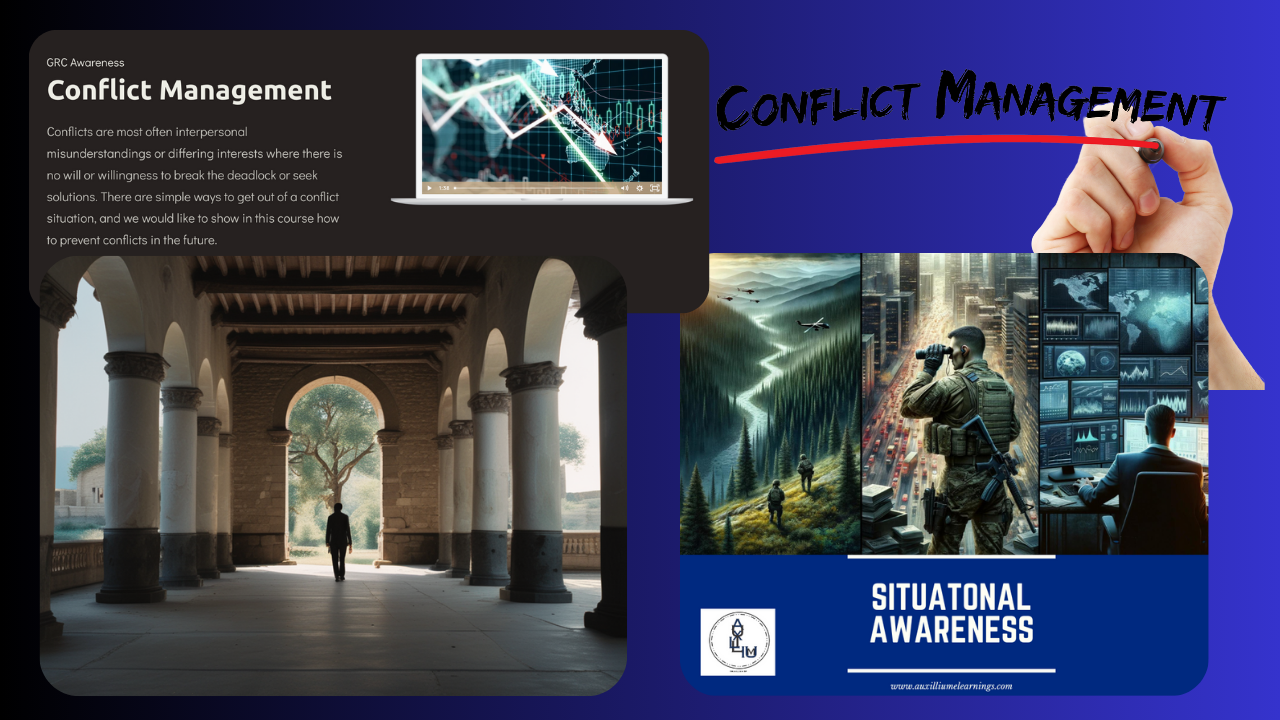Personal safety is more than just a concept; it's a fundamental human need that has evolved dramatically over the past century. From the industrial accidents of the early 1900s to today's cyber threats, our understanding and expectations of safety have been shaped by countless historical events and societal changes. In this blog post, we'll explore the importance of personal safety, examine its historical context, and discuss current and future safety challenges from societal, economic, and political perspectives.
Personal Safety: A Historical Perspective
"The safety of the people shall be the highest law." – Cicero
This profound statement by the Roman philosopher Cicero encapsulates the fundamental principle that personal safety is paramount to a functioning society. It serves as a reminder that the protection of individuals, workers, and the nation as a whole is not merely a responsibility but an obligation that must be upheld. In today’s complex world, ensuring safety requires vigilance and a commitment to implementing effective policies that transcend the confines of time and technology, fostering environments where individuals can thrive without fear of harm.

Understanding Personal Safety Needs
Personal safety needs vary widely depending on cultural, economic, and social factors. For some, safety might mean having access to clean drinking water and reliable healthcare. For others, it could be about living in a crime-free neighborhood or having job security.
Personal safety needs vary widely depending on cultural, economic, and social factors. For some, safety might mean having access to clean drinking water and reliable healthcare. For others, it could be about living in a crime-free neighborhood or having job security.
Economic stability plays a crucial role in shaping safety expectations. In wealthier nations, people often take certain safety measures for granted, such as well-maintained infrastructure and effective law enforcement. Conversely, in developing countries, basic safety needs like food security and shelter are often the primary concerns.
Social factors, including community support systems and social networks, also influence personal safety. A strong sense of community can provide emotional and physical support, enhancing overall safety and well-being. Understanding these diverse needs is essential for creating comprehensive safety strategies that cater to all layers of society.
Well-known Safety Issues in History
Throughout history, several significant incidents have underscored the importance of personal safety and led to lasting changes in global safety regulations. The Chernobyl disaster in 1986 is a prime example. The catastrophic nuclear accident not only highlighted the dangers of nuclear energy but also prompted widespread changes in nuclear safety protocols and emergency response procedures.
Throughout history, several significant incidents have underscored the importance of personal safety and led to lasting changes in global safety regulations. The Chernobyl disaster in 1986 is a prime example. The catastrophic nuclear accident not only highlighted the dangers of nuclear energy but also prompted widespread changes in nuclear safety protocols and emergency response procedures.
Natural disasters, such as the 2004 Indian Ocean tsunami, have also had profound impacts on global safety awareness. The devastating event led to the development of better early warning systems and international collaboration on disaster preparedness and response.
Wars and conflicts, including the World Wars and more recent conflicts in the Middle East, have further emphasized the need for robust safety measures to protect civilians and rebuild communities. These historical events serve as stark reminders of the importance of continuous vigilance and improvement in safety practices.

Current Safety Issues: Societal, Economic, and Political Perspectives
In today's world, safety challenges are multifaceted and interconnected, spanning societal, economic, and political realms. Cybersecurity is a pressing concern, with cyberattacks becoming increasingly sophisticated and frequent. Governments and organizations must invest in robust cybersecurity measures to protect sensitive data and critical infrastructure.
In today's world, safety challenges are multifaceted and interconnected, spanning societal, economic, and political realms. Cybersecurity is a pressing concern, with cyberattacks becoming increasingly sophisticated and frequent. Governments and organizations must invest in robust cybersecurity measures to protect sensitive data and critical infrastructure.
Public health is another major safety issue, as evidenced by the COVID-19 pandemic. The global health crisis highlighted the need for effective health care systems, timely information dissemination, and international cooperation to manage and mitigate health risks.
Environmental safety is gaining prominence, with climate change posing significant threats to ecosystems and human populations. Addressing environmental safety requires concerted efforts from governments, businesses, and individuals to reduce climate risk, protect natural resources and critical infrastructure, and promote more and effective sustainable practices.
Political inability lead to instability and more conflicts continue to pose more safety risks for people and the public, particularly in regions with weak governance and high levels of corruption. But also in countries where stability was a common good. Seemingly, not yet anymore. Ensuring personal safety in such contexts involves addressing root causes like poverty, inequality, and lack of access to education and employment opportunities.
The Future of Personal Safety
Looking ahead, the future of personal safety will be shaped by technological advancements, personal and community engagement, and lead at the end to policy changes. Emerging technologies like artificial intelligence (AI), Web4.0 and the Internet of Things (IoT) hold promise for enhancing safety measures and freedom. Both value which influences a lot. AI can be used to predict and prevent accidents, Web 4.0 has the potential to safeguard data in a decentralized manner. IoT devices can monitor real-time environmental conditions to alert individuals of potential hazards.
Looking ahead, the future of personal safety will be shaped by technological advancements, personal and community engagement, and lead at the end to policy changes. Emerging technologies like artificial intelligence (AI), Web4.0 and the Internet of Things (IoT) hold promise for enhancing safety measures and freedom. Both value which influences a lot. AI can be used to predict and prevent accidents, Web 4.0 has the potential to safeguard data in a decentralized manner. IoT devices can monitor real-time environmental conditions to alert individuals of potential hazards.
Community and sort of collective engagement will be crucial in fostering a culture of safety. Educating individuals about safety practices and encouraging active participation in safety initiatives can create resilient communities that are better prepared to handle emergencies.
Policy changes at the community, national and international levels will also play a vital role in shaping the future of personal safety. Governments must prioritize safety, human rights and freedom in their agendas, allocate resources for safety programs, and collaborate with international organizations to address global safety challenges.

Understanding personal safety from a historical, cultural, and global perspective is essential for addressing contemporary safety challenges and preparing for future risks. By learning from past incidents, future risks where accurate data shows more what is actually coming, recognizing diverse safety needs, and leveraging technological advancements, we can create safer environments for individuals and communities worldwide.
Safety is a shared responsibility that requires collective action and continuous improvement. Whether you're a safety enthusiast, a community leader, or just someone who values personal well-being, prioritizing safety should always be a top concern. Together, we can build a safer, more secure future for all.
For those interested in further exploring personal safety, consider engaging with local safety initiatives, staying informed about current safety trends, and advocating for policies that promote safety at all levels of society. By taking proactive steps today, we can ensure a safer tomorrow.


